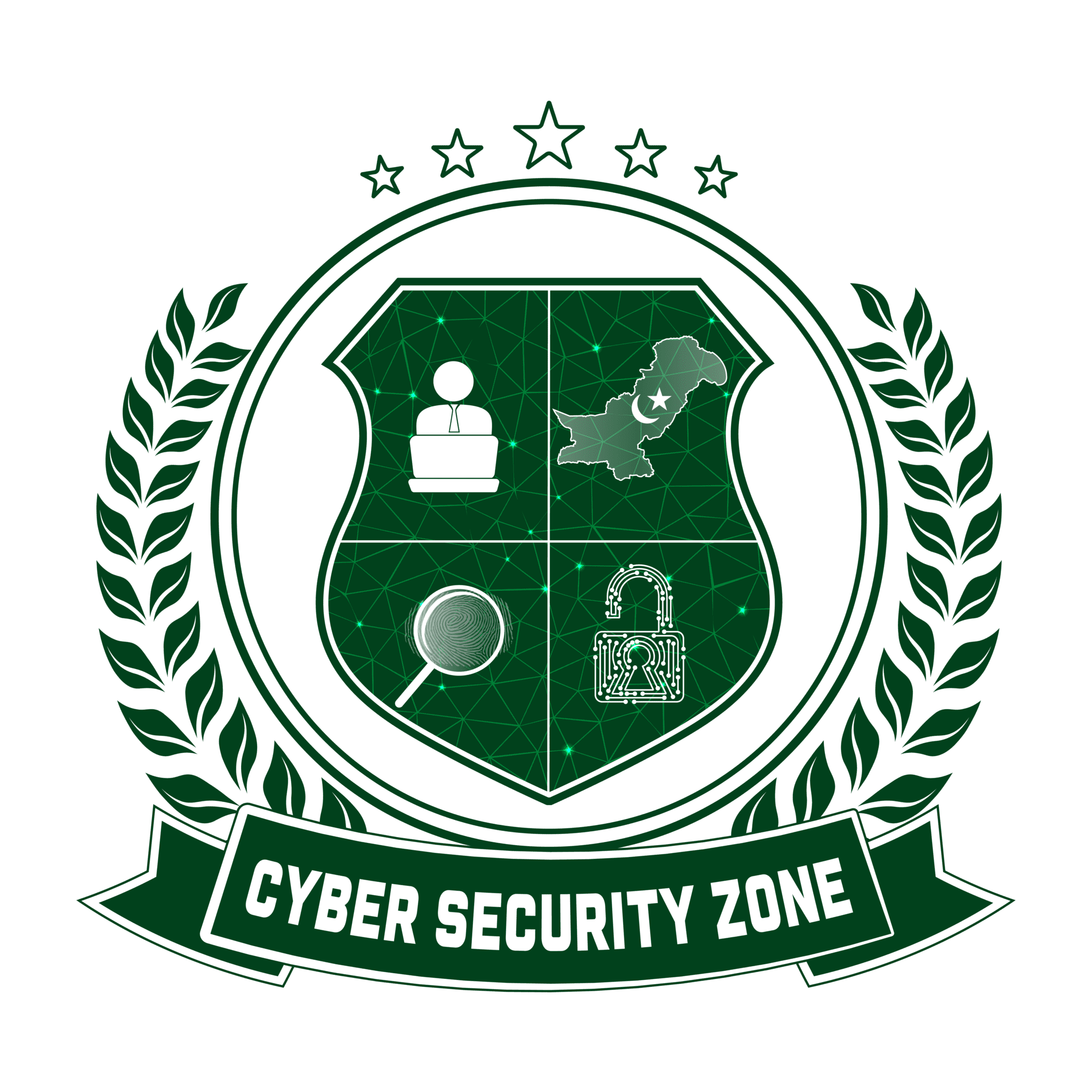As remote work becomes increasingly common, ensuring the security of remote work environments is paramount. Whether you’re a remote worker, manager, or IT professional, adopting best practices can help safeguard sensitive data and maintain productivity. Let’s explore some essential tips for securing remote work environments.
1. Establish Secure Connections:
Use virtual private networks (VPNs) to encrypt internet connections and protect data transmitted between remote workers and company networks. VPNs create a secure tunnel for data traffic, preventing unauthorized access and eavesdropping by cybercriminals.
2. Keep Software and Devices Updated:
Regularly update operating systems, applications, and security software on remote devices to patch vulnerabilities and protect against known security threats. Enable automatic updates whenever possible to ensure timely protection against emerging threats.
3. Implement Strong Authentication:
Require remote workers to use multi-factor authentication (MFA) to access corporate networks, applications, and sensitive data. MFA adds an extra layer of security by requiring users to provide two or more forms of verification, such as passwords, biometrics, or security tokens.
4. Secure Endpoint Devices:
Encrypt data stored on remote devices, including laptops, tablets, and smartphones, to prevent unauthorized access in case of loss or theft. Implement device management solutions to enforce security policies, remotely wipe data, and track device activity.
5. Educate Remote Workers:
Provide comprehensive cybersecurity training and awareness programs to remote workers, covering topics such as phishing awareness, password security, and safe browsing practices. Encourage remote workers to report suspicious emails or activities promptly.
6. Use Cloud-Based Security Solutions:
Leverage cloud-based security solutions, such as endpoint protection, email security, and threat intelligence platforms, to defend against malware, ransomware, and other cyber threats. Cloud-based security solutions offer scalability, flexibility, and centralized management for remote work environments.
7. Secure Home Networks:
Advise remote workers to secure their home networks by changing default router passwords, enabling network encryption (e.g., WPA2), and updating router firmware regularly. Encourage the use of strong, unique passwords for Wi-Fi networks to prevent unauthorized access.
8. Enforce Data Protection Policies:
Implement data protection policies and access controls to govern the storage, sharing, and transmission of sensitive data in remote work environments. Use encryption, data loss prevention (DLP), and rights management solutions to safeguard confidential information.
9. Monitor and Audit Remote Access:
Monitor remote access activities, including logins, file transfers, and system changes, to detect suspicious behavior and potential security incidents. Conduct regular security audits and assessments to identify vulnerabilities and ensure compliance with security policies.
10. Prepare for Incidents:
Develop incident response plans and procedures to address security breaches, data breaches, and other cybersecurity incidents in remote work environments. Establish communication channels, escalation paths, and incident reporting mechanisms for remote workers.
By following these best practices, organizations can enhance the security of remote work environments and mitigate the risks associated with remote work. Remember, cybersecurity is a shared responsibility, and everyone has a role to play in safeguarding sensitive data and maintaining a secure remote work environment. Stay informed, stay vigilant, and stay secure in your remote work endeavors.





